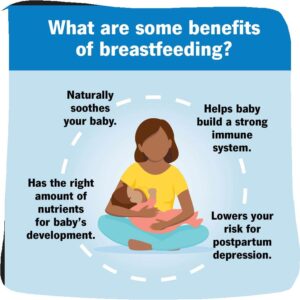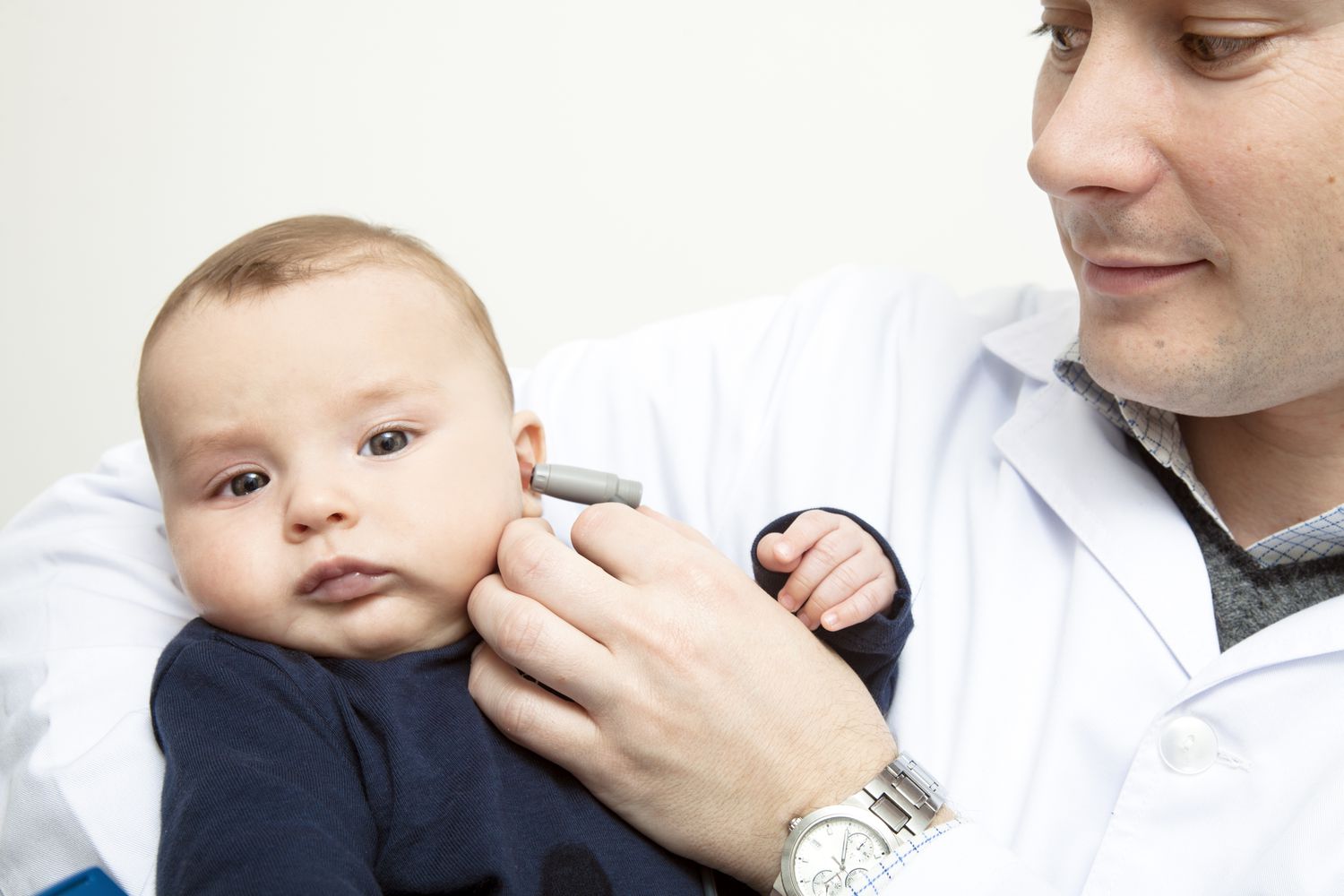Here, we will explore the significance of appropriate breastfeeding positions to effectively mitigate the risk of AOM and its impact on a child’s auditory health.
Breastfeeding offers matchless health advantages to newborns, facilitating their healthy growth and development. However, ensuring proper breastfeeding positions is essential to prevent health issues like acute otitis media (AOM)—a common ear infection in infants and children. In this article, we will explore the significance of appropriate breastfeeding positions to effectively mitigate the risk of AOM and its impact on a child’s auditory health.
What is Acute Otitis Media?
Acute otitis media (AOM) is a viral or bacterial infection that affects the middle ear. This painful inflammatory disease causes ear pain, fever, sleep difficulties, irritability, and even deafness in children. AOM primarily affects infants and toddlers, particularly those aged 6 to 36 months.
Breastfeeding and AOM Risk:
Research reports claim that breastfeeding can substantially reduce the probability of AOM by 40-50% during a child’s initial three years. Human milk is composed of biologically active substances with antimicrobial, anti-inflammatory, and immunomodulatory properties that support the developing immune system of babies, providing essential defence against AOM-causing infections. That said, improper breastfeeding positions can increase the risks of AOM in infants. For instance, breastfeeding an infant while lying down can result in milk leaking into the ear canal, increasing the chances of developing AOM, which can ultimately lead to hearing loss.
Recommended Breastfeeding Positions: According to experts, advising mothers to feed young infants with their heads upright instead of in a horizontal position may be a simple and efficient way to protect them from substantial morbidity.
The upright or koala hold is a highly comfortable breastfeeding position for babies as well as C-section moms. It involves your baby sitting on your thigh or hip, with their spine and head upright during breastfeeding. To adopt this position, sit on a bed or sofa, place the baby on your lap facing you with an upright torso, and gently support the back of their head with an open palm.
Bring the baby close to the breast and allow them to begin feeding by suction. This position provides support for newborns and is convenient for older babies.
It is particularly beneficial for babies with reflux, ear infections, tongue-tie, or low muscle tone.

Precautions:
When breastfeeding in the upright position, make sure your baby’s head and neck are in alignment. To ensure proper support, sit comfortably in a chair or recline slightly. Position your baby to straddle your leg, facing your breast. Maintain a tummy-to-tummy cuddle, with the baby sitting upright and feeding on the breast. Support their head with the same-side arm while allowing them to lean forward and find the nipple.
Wrapping Up
Healthy breastfeeding practices and appropriate breastfeeding positions can help mothers minimise the incidence of AOM besides supporting their child’s overall health and well-being. That said, seeking guidance and support from healthcare professionals is essential to establish a comfortable and effective breastfeeding routine that maximises the benefits for both mother and child.
The author is a Senior Consultant and HOD-ENT, Primus Super Speciality Hospital.




















